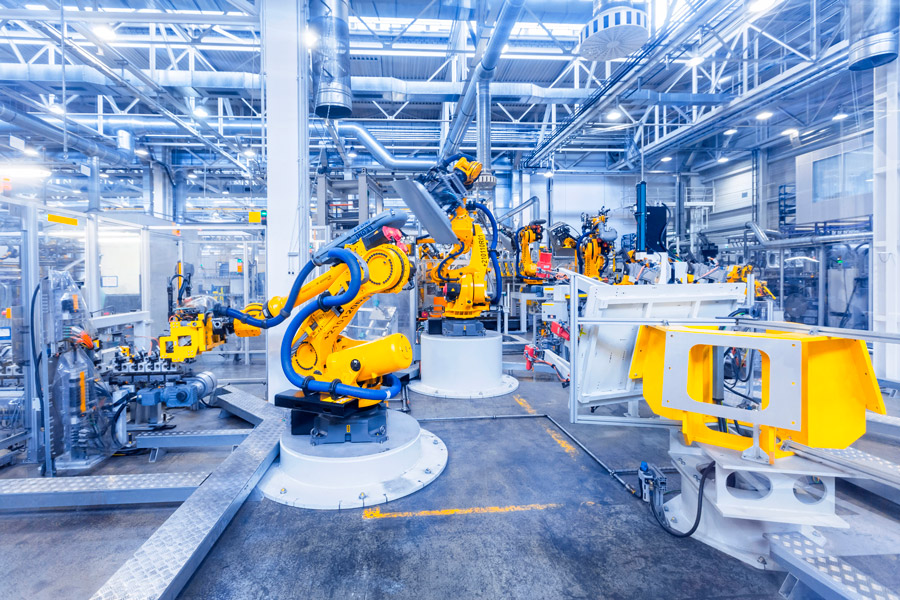
The contribution of magnets in robotic systems
In the 19th century, the great economic transformation was the arrival of steam and, with it, of railways and chain production machines. The last decades of the 20th century and the first two decades of the 21st century have brought us a boom in robotic systems that have transformed the way we do things and have placed magnets at the centre of all new production processes.
Things as simple as transporting a package and organizing it in a warehouse; an appendicitis operation or driving an automatic car are many of the robotic processes that are becoming fashionable and increasingly popular in those involving magnets. These robotic processes now touch virtually every sector of the market (from food production to automotive) and seem to have come to stay.

In this article, we wanted to analyze some of the many robotic systems in which one or more magnets of different characteristics and power intervene. Of course, the list is not exhaustive because the variety of robotic systems in which magnets are used are innumerable. Here we present some of the most relevant ones.
Which robotic systems use magnets?
- Laparoscopies: Laparoscopies were quite complicated medical interventions until the latest advances in technology allowed the entire process to be robotized. In this case, where the magnets intervene in the entire robotization process is in the use of a robotic camera of just a few centimeters. This device can be inserted into the patient’s abdomen thanks to magnets placed on the patient’s skin that allow the place where the laparoscopy is performed to be left free. Thus, the precision achieved is much higher than with other methods.
- Transport: Giants like Amazon have brought the robotization of all the processes of storage and movement of goods. Logistics has been one of the fields in which robotic systems using magnets have proliferated the most. This is, for example, the case of several forklift trucks automatically controlled by computer that use magnets to guide themselves and know their position at all times. The magnets are placed on the ground at a fixed distance that allows the vehicle to orient and drive.
- Generator inspection: Electric generators play a fundamental role in the economic system and power supply. It is one of the key parts that needs to be reviewed regularly and the good news is that this review can be done almost automatically, as there are already modules of axial and circumferential displacement that allow displacement and inspection through magnets.
- Food production: Food production has been another sector in which the use of magnets is widespread. Many foods are prepared and packed in factories where they are produced in a chain thanks to robotic systems. In them, magnets play a great role as they can automate the different processes and also act as a filter for any magnetic impurity that can be strained.
- Autonomous driving: Without a doubt, one of the great technological revolutions that we are experiencing is the one that comes from the hand of autonomous driving that allows cars and trucks to circulate without the need to be piloted. In this type of robotic systems, the intervention of the magnets takes place in several ways, but one of the most relevant is the plan to make, thanks to the magnets, that the road becomes practically a railroad, being able to be used as guides in a similar way to what happens in the logistics sector.